Buy or gift a stand-alone digital subscription and get unlimited access to dozens of back issues for just £18.99 / $18.99 a year.
Please register at www.exacteditions.com/digital/cornucopia with your subscriber account number or contact subscriptions@cornucopia.net
Buy a digital subscription Go to the Digital EditionThe final leg of Cornucopia’s four-part progress through Istanbul covers the archipelago in the Sea of Marmara, just a dozen miles across the water from the domes of Ayasofya but a world away. Owen Matthews finds solace in the peace that returns when the tide of summer day trippers recedes and each island once more becomes its own treasured world.
Photographs: Monica Fritz and Brian McKee
EACH TO THEIR OWN
Owen Matthews introduces our portrait of the Princes Islands, from busy Büyükada, via pretty Heybeliada, one-hill Burgaz and arid Kinaliada, to the haunting, deserted Yassıada. Each of the nine islands has its own distinct character and history – sometimes very dark indeed. None has more than a single town, which shares its island’s name
Ever since the Byzantines first named the Princes Islands as a place of exile for fallen members of royal families, the archipelago has been known as a place of seclusion, and of escape. Fishing villagers apart, it was monks who first settled the islands, founding monasteries and hermits’ sketes (settlements) on almost every one of them – even the tiny 200-metre-long Neandros, which boasts a 17th-century church.
In Ottoman times they became places where the rich could hide from the ravages of periodic plagues in the city – though Sir Edward Barton, Elizabeth I’s ambassador to the Sublime Porte, left it too late and brought the plague with him in 1598, and died and was buried on Heybeliada.
In the 19th century the islands became places where the Constantinopolitan bourgeoisie – the Christian and Jewish minorities in particular – built lavish wooden summer villas for their families, creating a kind of Levantine Long Island.
Today the islands are a strange hybrid – part day-trip destination for Stambullus too poor to go anywhere else, part old-money suburb, part trendy refuge for bourgeois bohemians with young families. At weekends in summer the quayside of Büyükada can be more crowded than Taksim Square, a thronging hubbub of ice-cream vendors, touts advertising beaches, wobbly first-time cyclists and gangs of Arab tourists. But in midwinter the islands are almost eerily quiet, their big houses shuttered against the Lodos south wind and the woodlands abandoned to carriage horses turned out to forage for themselves.
There are four main inhabited islands: Kınalıada (known as Proti in Greek), the closest to the city, which gets its Turkish name from the henna (kına) colour of its rock. Burgaz is known as Antigoni in Greek. Heybeli (Halki in Greek) is named after the Turkish for saddlebag, which its double hills resemble. And Büyükada, or Big Island, formerly Prinkipo, was the original Prince’s Island, when it belonged to the future emperor Justinian in the 6th century AD. One further island, Sedef, is also inhabited but is the private property of its 120 residents. Two more, Yassıada and Sivriada, have stories steeped in tragedy. Most of the islands and their towns are known by their shortened names – Kınalıada becomes Kınalı; Heybeliada is Heyerbeli – though Büyükada always keeps it full name.
Each of the islands has a quite different character. Kınalı is the least charming and often the most crowded; being closest to the city, it is disfigured by mobile-phone and TV masts and is barely wooded. The Byzantines reserved exile on Kınalı as an especially cruel trick to play on deposed royalty: the Emperor Romanus IV Diogenes, overthrown after his defeat by the Turks at Manzikert in 1071, tended his monastic cabbages within tantalising sight of the lights of the dome of Ayasofya before being blinded on the orders of his successors. But the island has special importance for the 70,000 or so Armenians of Istanbul, as it is one of the few places in the city where they are a majority. In summertime it becomes an informal dating club for Armenian youth.
Burgaz was one of the most charming islands until a devastating fire in 2003 wiped out almost all of its pine woodland. But the island still has many handsome 19th-century mansions and the prettiest mosque, as well as a very fine Greek Orthodox parish church. On the west side of Burgaz is one of the loveliest and most secluded spots anywhere in Istanbul, the restaurant of Kalpazankaya. It is a very basic kebab-beans-and-salad sort of place spread over several levels of rough concrete terracing. But its view of the sunset over the city is unrivalled, and the walk to it through the fragrant pine-lined road (spared by the fire) is magical.
Heybeli has the largest year-round population of “real” people, thanks to its Naval Academy, which moved to the island from the mainland in 1834. Every day in term time the island resonates to the sound of hundreds of teenage cadets mastering the art of massed drumming and marching, rifle shooting, or mustering at assembly to the march from Verdi’s Aida.
Three groundbreaking archaeological exhibitions shine a spotlight on great Anatolian empires and their champions. Istanbul showcases John Garstang’s illuminating work on the Hittites. Berlin celebrates the work of Friedrich Sarre, who brought the Seljuks to life. And treasures from the Phrygia of King Midas head for Philadelphia
Luigi Mayer made his mark with lively, quirky scenes for the British ambassador to Constantinople, painting viziers and villagers, soldiers and servants across the Ottoman Empire. He deserves to be plucked from obscurity, argues Briony Llewellyn
London’s luminous Liotards, prayers on a shirt, bare truths in Beyoğlu, and a Biennial all at sea… Plus three lost Anatolian empires and their intrepid champions
The 18th-century Swiss portrait artist Jean-Étienne Liotard (1702–1789) is widely regarded as the first Orientalist. The four years he spent in Turkey from 1738, drawing and painting Western merchants and diplomats as well as Ottoman citizens, made him the first serious European artist to find his subject matter in the East.
Few statesmen of the turbulent last years of the Ottoman Empire can have held more illustrious titles – at a less auspicious time – than the diminutive Küçük Said Pasha. David Barchard looks back over the eventful and chequered career of a man of many parts.
Besides being quite delicious, the simple broad bean is nothing short of a little bundle of magic. Rich in minerals and vitamins, it contains the chemical L-dopa, which feeds dopamine and adrenaline to the brain and body.
Since he became enchanted by the ‘Big Island’ 15 years ago, Owen Matthews has enjoyed its seasonal changes and watched its popularity grow – not least among soap-opera fans
Heybeliada is more compact and less showy than Büyükada, but just as fair
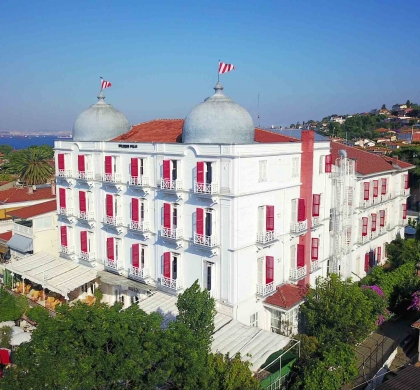
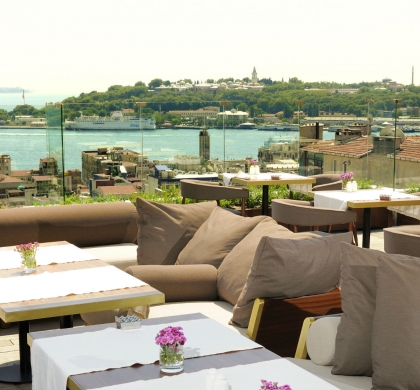

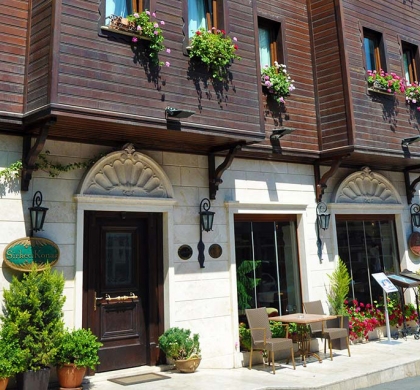

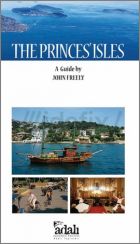
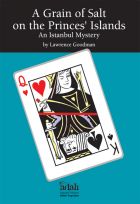


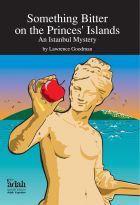
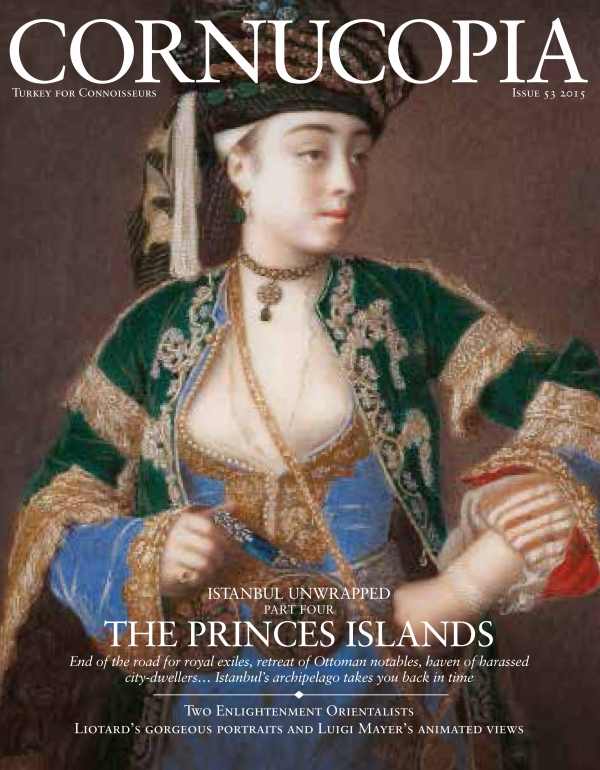
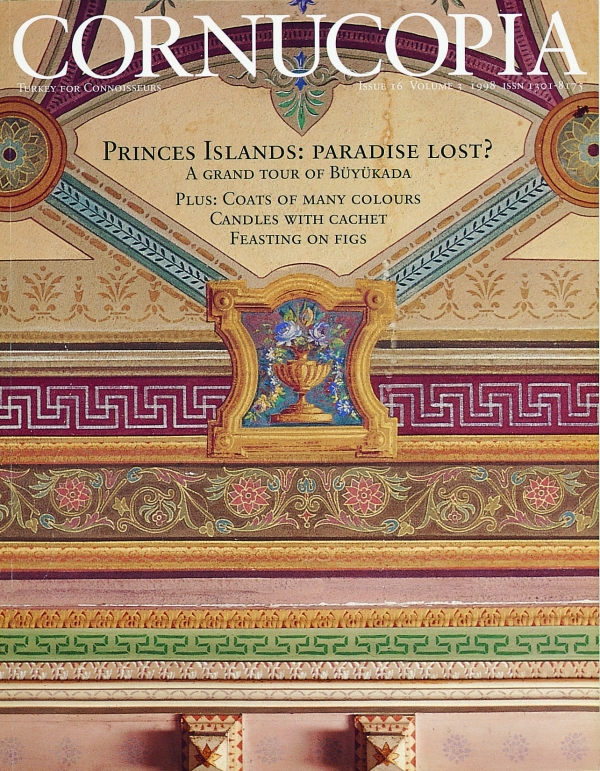

Cornucopia works in partnership with the digital publishing platform Exact Editions to offer individual and institutional subscribers unlimited access to a searchable archive of fascinating back issues and every newly published issue. The digital edition of Cornucopia is available cross-platform on web, iOS and Android and offers a comprehensive search function, allowing the title’s cultural content to be delved into at the touch of a button.
Digital Subscription: £18.99 / $18.99 (1 year)
Subscribe now